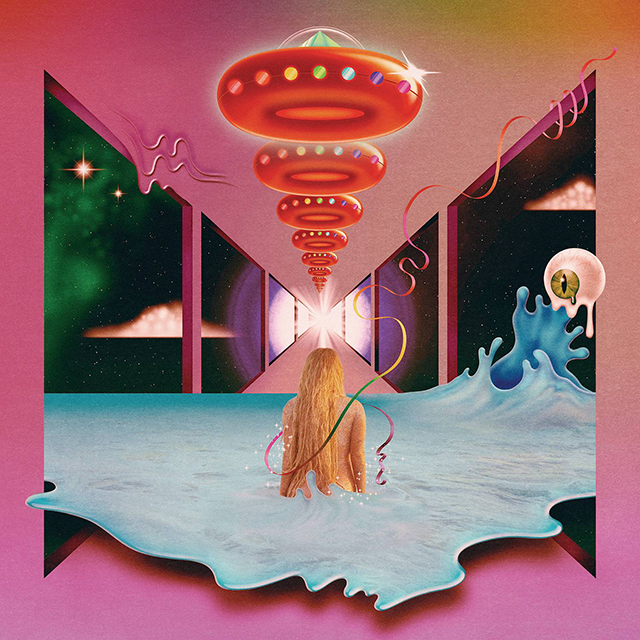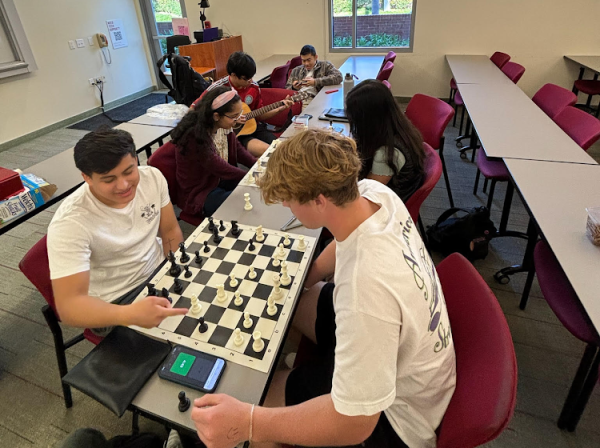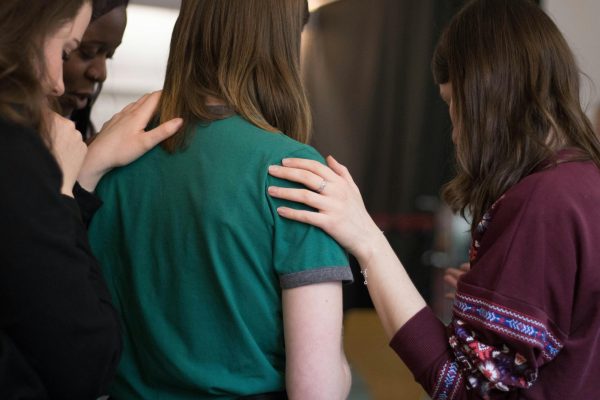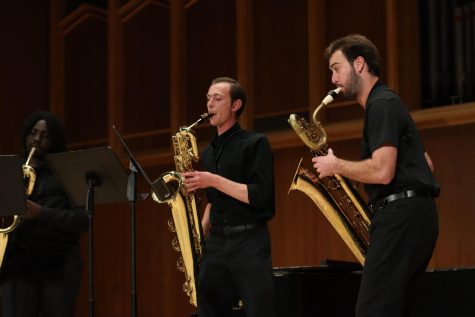“Praying” promotes religious healing
Kesha’s first single in four years delves into difficult topics.
September 19, 2017
“Please, just let me die. Being alive hurts too much.” Lyrics which pierce the deepest feeling of the human struggle open the music video in an image of black and white. Her body floats on a portion of driftwood, appearing small amidst the vast, colorless ocean. Then the piano strikes the chords of the simple melody, and an array of color fills the screen, followed by bold letters reading “Kesha.”
A somber return
After four years of musical silence, Kesha, previously known as Ke$ha, returned this summer with a somber music video titled “Praying,” a piece from her new album “Rainbow.” Unlike her previous party-girl pop, this song deals with sensitive topics such as rape and draws healing from religious themes like prayer.
In 2014, Kesha sued Sony Music producer Lukasz Gottwald, commonly known as Dr. Luke, for sexual abuse. He returned with a lawsuit against her claiming defamation and breachment of contract. After a heated legal battle complete with Kesha’s fans protesting in support, the judge denied Kesha’s court injunction, meaning she cannot record apart from Sony Music until her contract expires. Even though she remains bound to producer Dr. Luke by contract, she still managed to release her new album revealing her reinvented music style.
The themes in “Praying” can easily be traced to her struggles over the past four years regarding the lawsuit and recovery from sexual assault. Throughout the song, Kesha dismantles the lies she had previously believed about herself and looks to God for strength. The video does not shy away from the difficulty of the subject matter, but deals with it through relatable and compelling imagery. Disturbing scenes set a visual for the horror she felt, and the significance of increased color throughout the video depicts the gradual healing she found.
The sentiment for something greater
Besides the obvious religious feel of the title, the song contains many other religious facets which surface questions of Kesha’s beliefs. In her lyrics, she sings she has “found a strength [she’s] never known” and she hopes her abuser “finds [his] peace, falling on [his] knees, praying.” In the video, her “road to healing” includes climbing up a hill on which is written “God is love” with a cross at the top, and ending with a profound image as she reaches the top.
Kesha is not the first musician to use religious themes to bring about hope, however. This trend has been in place since The Beatles wrote “Let it Be” and even before. Peter, Paul and Mary allude to a god figure in the lyrics of the “Wedding Song (There is Love),” Rufus Wainwright breezes through Bible figures in “Hallelujah,” Led Zeppelin hints at an afterlife in “Stairway to Heaven” and The Byrds gather their lyrics from Ecclesiastes 3 in their song “Turn, Turn Turn.” Perhaps these sentiments speak to our desire to have Something, some greater Being, to rely on and to fulfill the hopeless void of our human nature we did not realize needed substance.







